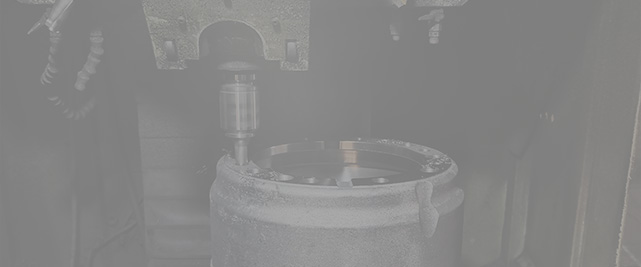វិច្ឆិកា . 09, 2024 23:45 Back to list
Components and Functionality of Brake Drum Systems in Vehicles
Understanding Brake Drum Components Essential Elements for Vehicle Safety
Brake drums play a crucial role in the braking system of many vehicles, particularly those with rear drum brakes. Understanding the components that make up a brake drum can help you appreciate their function and importance in ensuring vehicle safety.
What is a Brake Drum?
A brake drum is a cylindrical component attached to the wheel of a vehicle. When the driver presses the brake pedal, the brake shoes inside the drum expand and press against the inner surface of the drum, creating friction that slows down the vehicle. This process is essential for safe stopping distances and effective control.
Key Components of Brake Drums
1. Brake Drum The main part of the assembly, the brake drum, is usually made from cast iron or aluminum. It is designed to withstand high temperatures generated during the braking process without warping or degrading. The inner surface of the drum is smooth, allowing for optimal contact with the brake shoes.
2. Brake Shoes The brake shoes are curved components that sit inside the drum. They are covered with a friction material, typically made from a composite material that can withstand high temperatures. When the brakes are applied, these shoes expand outward due to hydraulic pressure from the wheel cylinder, pressing against the drum.
3. Wheel Cylinder This hydraulic component converts the brake pedal's mechanical action into hydraulic force. The wheel cylinder has two pistons that move outward when the brakes are applied, pushing the brake shoes against the inside of the drum.
4. Return Springs These springs play a critical role in the brake system's operation. After the brake pedal is released, the return springs pull the brake shoes back to their original position, preventing them from dragging against the drum and causing unnecessary wear.
5. Adjusters These components help maintain the proper distance between the brake shoes and the drum, ensuring effective braking performance. As the friction material wears down over time, the adjusters automatically compensate for the wear, keeping the braking system efficient.
brake drum components

6. Backing Plate The backing plate is a metal plate that holds the brake shoes and other components in place. It also provides a surface for attaching the wheel cylinder and the return springs, serving as a structural foundation for the entire brake assembly.
Importance of Brake Drum Components
The integrity and functionality of each component in a brake drum assembly are vital for vehicle safety. When a driver presses the brake pedal, they rely on the seamless interaction of these parts to stop the vehicle promptly and safely. Any failure in one component can lead to reduced braking efficiency, increased stopping distances, or even brake failure.
Maintenance Tips
To ensure that your brake drum system operates safely and effectively, regular maintenance is essential. Here are a few tips
- Inspect Braking System Regularly check the condition of the brake drums, brake shoes, and other components for wear and tear. Look for grooves or cracks in the drum surface and signs of excessive wear on the brake shoes. - Replace Worn Parts If any components show signs of damage or wear, replace them promptly. Worn brake shoes or drums can significantly compromise braking performance.
- Maintain Proper Fluid Levels Ensure that brake fluid levels are adequate and that there are no leaks in the hydraulic system.
- Professional Servicing Have your braking system inspected and serviced by a qualified technician at regular intervals. They can provide a thorough assessment and address any potential issues before they become serious problems.
Conclusion
Understanding the components of brake drums is critical for vehicle owners. These parts work together to ensure safe braking performance, making vehicle maintenance an essential practice. By keeping the brake drum system in good condition, drivers can enhance their safety on the road and ensure a reliable vehicle performance. Remember, when it comes to brakes, prevention is always better than cure.
-
Iveco Brake Drum | Premium OE Quality for Daily & Eurocargo
NewsAug.22,2025
-
Your Brake Drum Man: Quality & Performance Parts
NewsAug.21,2025
-
Explore Japan: Ultimate Travel Guide & Authentic Experiences
NewsAug.19,2025
-
Your Brake Drum Man: Premium & Reliable Brake Drums for Sale
NewsAug.18,2025
-
ROR Web Development: Build Fast, Scalable, Secure Apps
NewsAug.17,2025
-
Scania Brake Drums: OEM Quality for Optimal Safety & Durability
NewsAug.16,2025
